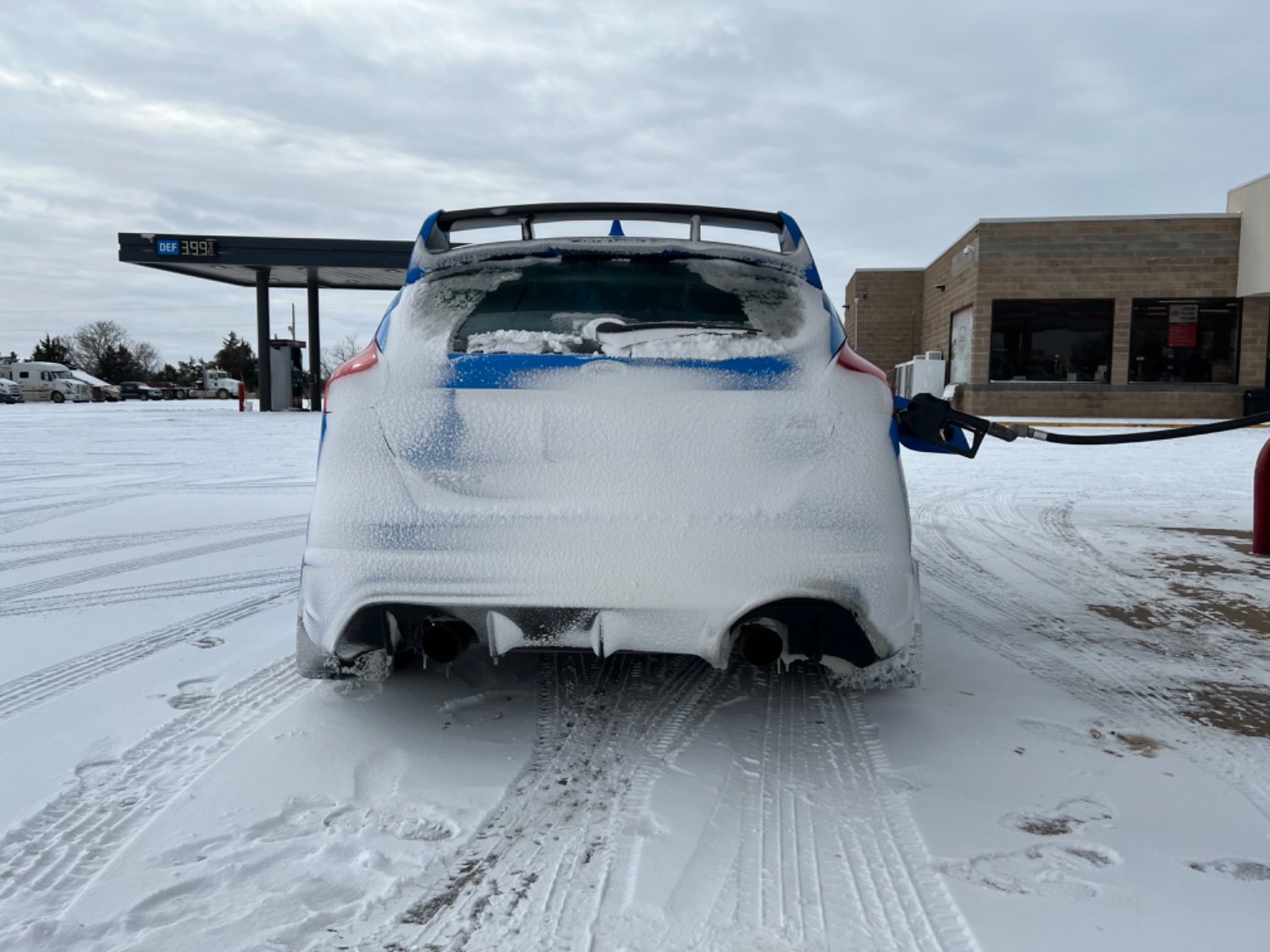Cars - For Car Enthusiasts
4134 readers
48 users here now
About Community
c/Cars is the largest automotive enthusiast community on Lemmy and the fediverse. We're your central hub for vehicle-related discussion, industry news, reviews, projects, DIY guides, advice, stories, and more.
Rules
- Stay respectful to the community, hold civil discussions, even when others hold opinions that may differ from yours.
- This is not an NSFW community, and any such content will not be tolerated.
- Policy, not politics! Policy discussions revolve around the concept; political discussions revolve around the individual, party, association, etc. We only allow POLICY discussions and political discussions should go to c/politics.
- Must be related to cars, anything that does not have connection to cars will be considered spam/irrelevant and is subject to removal.
founded 2 years ago
MODERATORS
251
252
253
254
18
Mini Kenmeri Skyline, Corona lowrider, slammed Jimny: the wild Tokyo Auto Salon customs by NATS
(japanesenostalgiccar.com)
255
31
Nissan Threatens To Move Rogue Production Out Of The U.S. If Suppliers Don’t Slash Prices
(www.carscoops.com)
256
257
258
259
260
261
262
263
264
265
266
267
268
269
270
271
4
Saudi Arabia’s EVIQ plans to install 5,000 electric vehicle charging points, announces Riyadh R&D centre
(www.arabianbusiness.com)
272
273
274
275
